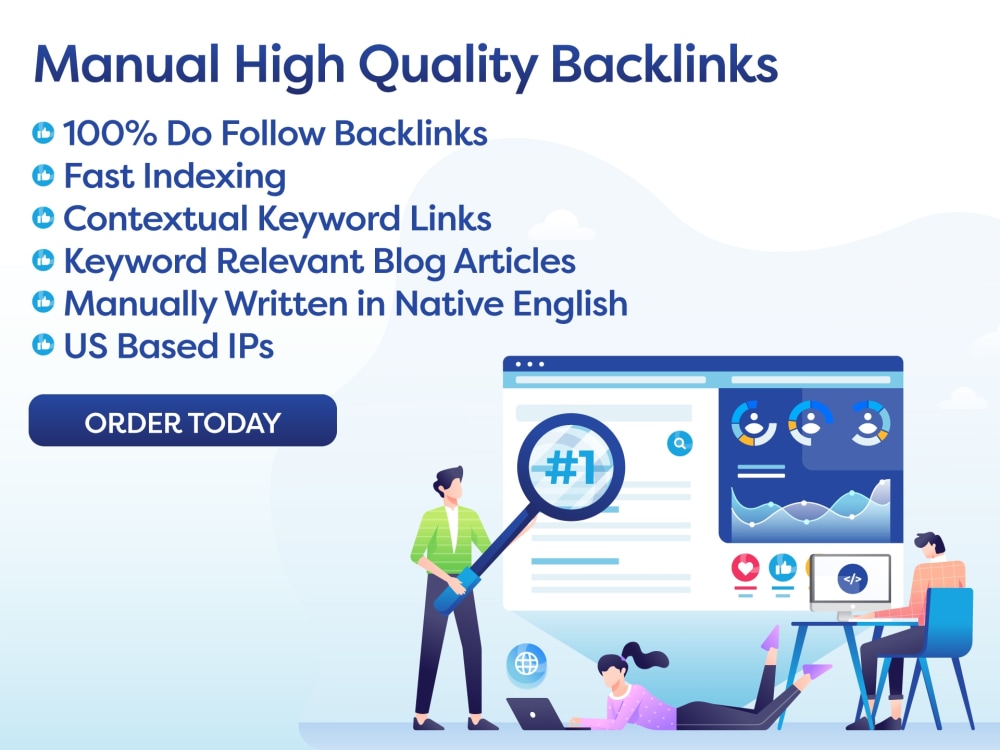SEO Copywriting: Crafting Content That Ranks
Search Engine Optimization (SEO) has become a crucial aspect of digital marketing in today’s online landscape. With the ever-increasing competition for visibility on search engines, businesses and websites are constantly looking for ways to improve their ranking and drive more traffic to their site. While there are various strategies and techniques involved in SEO, one of the most important and effective methods is SEO copywriting.
What is SEO Copywriting?
SEO copywriting is the art of creating compelling and relevant content that not only engages your audience but also satisfies search engines. It involves using specific keywords and phrases throughout your content to help your website rank higher on search engine result pages (SERPs). In other words, it is the process of writing content that is optimized for search engines while still being informative and appealing to readers.
The Importance of SEO Copywriting
SEO copywriting is essential for any website looking to achieve a higher ranking and attract more organic traffic. It helps search engines understand what your website is about and helps them determine the relevance and authority of your content. With the right SEO copywriting techniques, you can improve your website’s visibility, increase website traffic, and ultimately drive more conversions and sales.
SEO Copywriting Tips
If you’re looking to improve your website’s SEO and create content that ranks, here are some essential tips to keep in mind:
1. Conduct Keyword Research
The first and most crucial step in SEO copywriting is keyword research. It involves identifying and targeting specific keywords and phrases that your target audience is searching for. Keyword research tools like Google Keyword Planner, SEMrush, and Ahrefs can help you discover relevant keywords and their search volume, competition, and potential traffic.
2. Use Keywords Naturally
Once you have identified your target keywords, it’s important to use them naturally throughout your content. Avoid keyword stuffing (unnecessarily using keywords multiple times) as it can negatively impact your SEO. Instead, focus on incorporating keywords in your headings, subheadings, and body text in a way that reads naturally and adds value to your content.
3. Write Engaging Headlines and Meta Descriptions
Your headline and meta description are the first things that users see on SERPs, making them crucial for both SEO and user engagement. Your headline should be attention-grabbing, descriptive, and include your target keyword. Similarly, your meta description should be a concise and compelling summary of your content, also including your target keyword.
4. Optimize Your Images
Images not only make your content visually appealing but also play a role in your website’s SEO. Make sure to optimize your images by using descriptive file names and alt tags that include your target keyword. This will help search engines understand the context of your images and improve your website’s overall relevance and ranking.
5. Write High-Quality Content
While optimizing your content for SEO is important, it should never compromise the quality of your content. Your content should be well-written, informative, and relevant to your target audience. High-quality content is more likely to be shared and linked to, which can significantly improve your website’s authority and ranking.
6. Keep Your Content Fresh
Regularly updating your website with fresh and relevant content is crucial for SEO. Search engines favor websites that consistently produce new and valuable content. It also gives you the opportunity to incorporate new keywords and keep your content up-to-date with the latest trends and information.
In Conclusion
SEO copywriting is a powerful tool that can help improve your website’s ranking and drive more traffic and conversions. By conducting thorough keyword research, using keywords naturally, writing engaging headlines and descriptions, optimizing your images, and producing high-quality and fresh content, you can craft content that ranks and satisfies both search engines and your audience.

